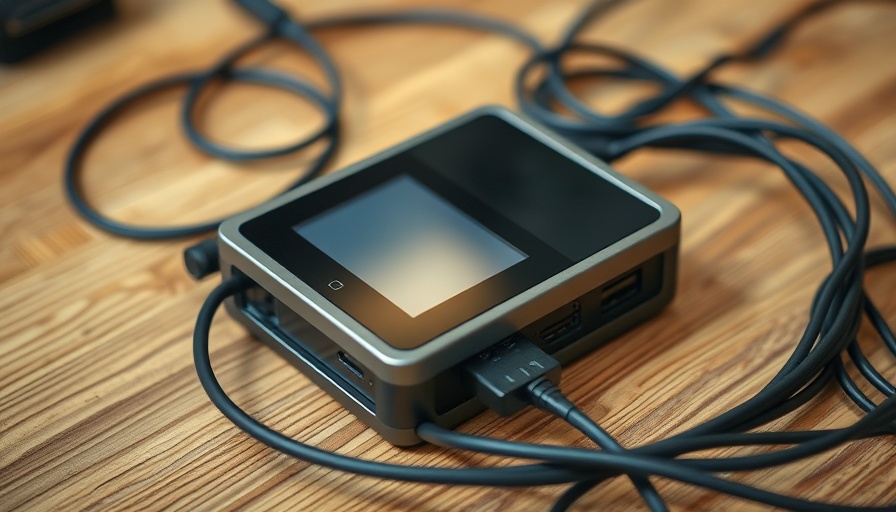
Preparing for Lunar Colonization: Monitoring Air Quality
NASA is on the brink of a new lunar era with ambitions to establish habitats on the moon. As researchers gear up for this ambitious project, the agency is acutely aware of the risks astronauts will face. One such concern is the air quality they're exposed to during their lunar missions, which is vital for astronaut health and safety.
Innovative Air Quality Monitors Set for Testing in Space
The Glenn Research Center in Cleveland is addressing this concern by sending three air quality monitors to the International Space Station (ISS). Scheduled to launch aboard a SpaceX resupply mission on April 21, these compact devices will undergo a seven-month testing period. Each monitor, approximately the size of a shoebox, will meticulously measure key air quality parameters, providing critical data that could inform future lunar operations.
Lunar Dust: A Unique Challenge for Astronauts
Unlike the controlled environment of the ISS, where dust settles due to gravity, the lunar surface presents a unique challenge with its harsh and abrasive dust. Claire Fortenberry, the principal investigator of the Exploration Aerosol Monitors project, explains that lunar dust poses serious risks. "From Apollo, we know lunar dust can cause irritation when breathed into the lungs. Lunar dust particles are sharper and craggier than Earth dust, which could impact crew health and damage hardware," she notes.
The Future of Space Exploration: Artificial Intelligence and Analytics
As NASA continues to innovate, they leverage advanced technologies, including artificial intelligence and data analytics, to assess air quality aboard the ISS and, eventually, on the moon. These innovations create opportunities for the development of more sophisticated monitoring systems capable of analyzing and responding to the myriad of airborne contaminants astronauts may encounter.
Why Monitoring is Essential for Space Missions
Understanding air quality is paramount not just for monitoring astronaut health but also for maintaining the integrity of spacecraft systems. Future missions will require equipment that ensures filtration and air safety amidst the abrasive lunar environment. NASA's endeavors to test these monitors now will pave the way for safer, more sustainable space travel.
Conclusion: An Exciting Future Ahead
With the successful deployment of these air quality monitors aboard the ISS, NASA is one step closer to ensuring that air quality on lunar missions meets health and safety standards. This initiative not only enhances our understanding of space environments but also highlights the intricacies of preparing for a sustained human presence beyond Earth. It’s a thrilling time as humanity stands on the brink of interplanetary exploration.
 Add Row
Add Row  Add
Add 




Write A Comment